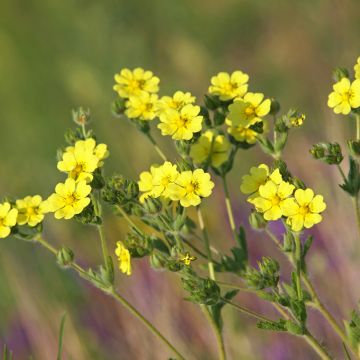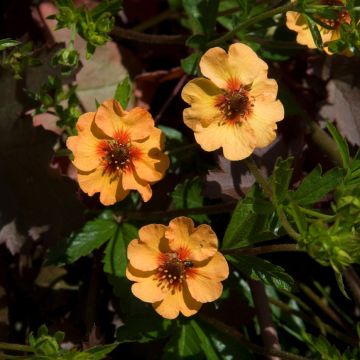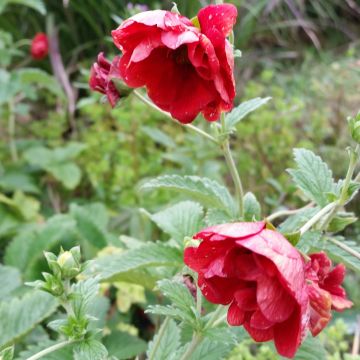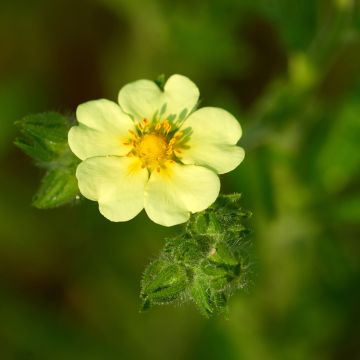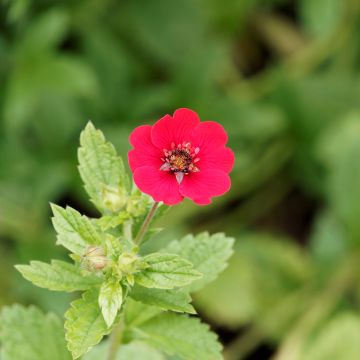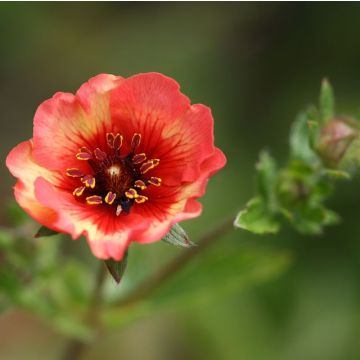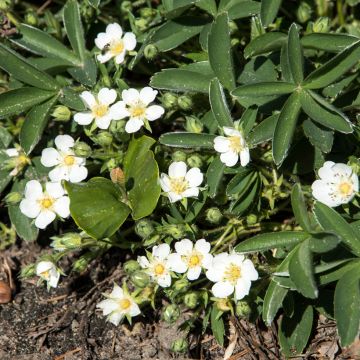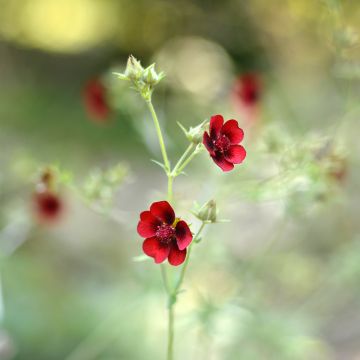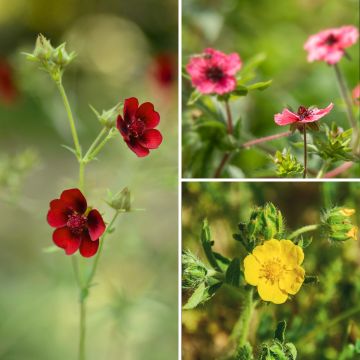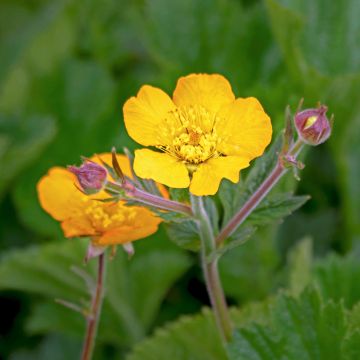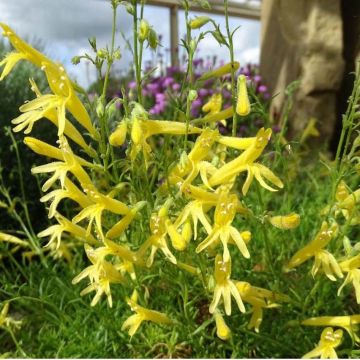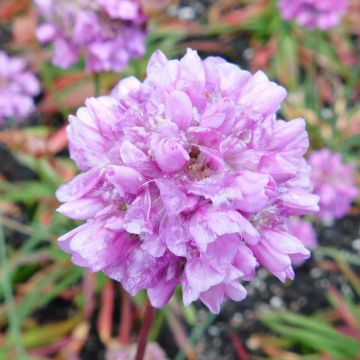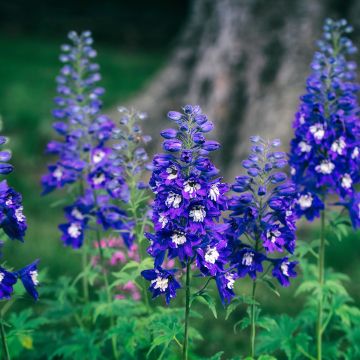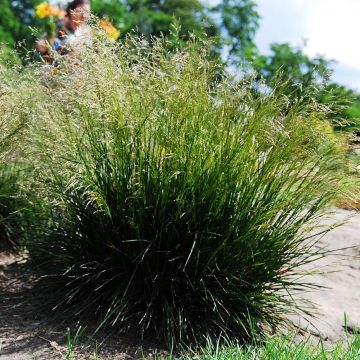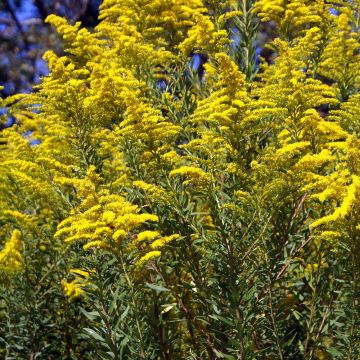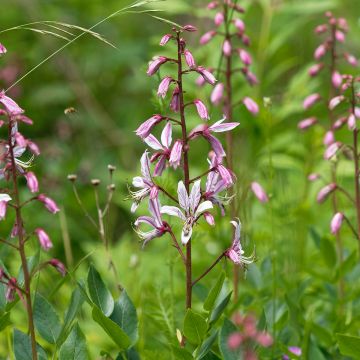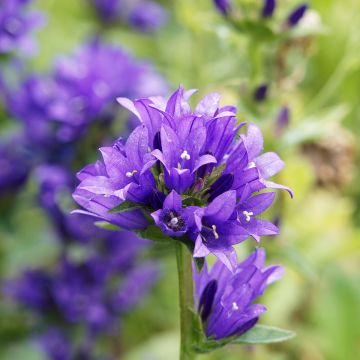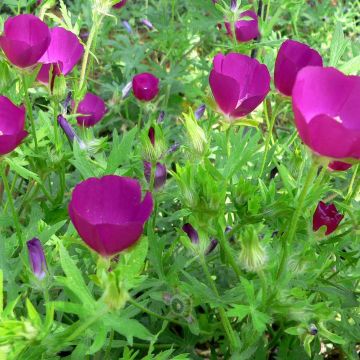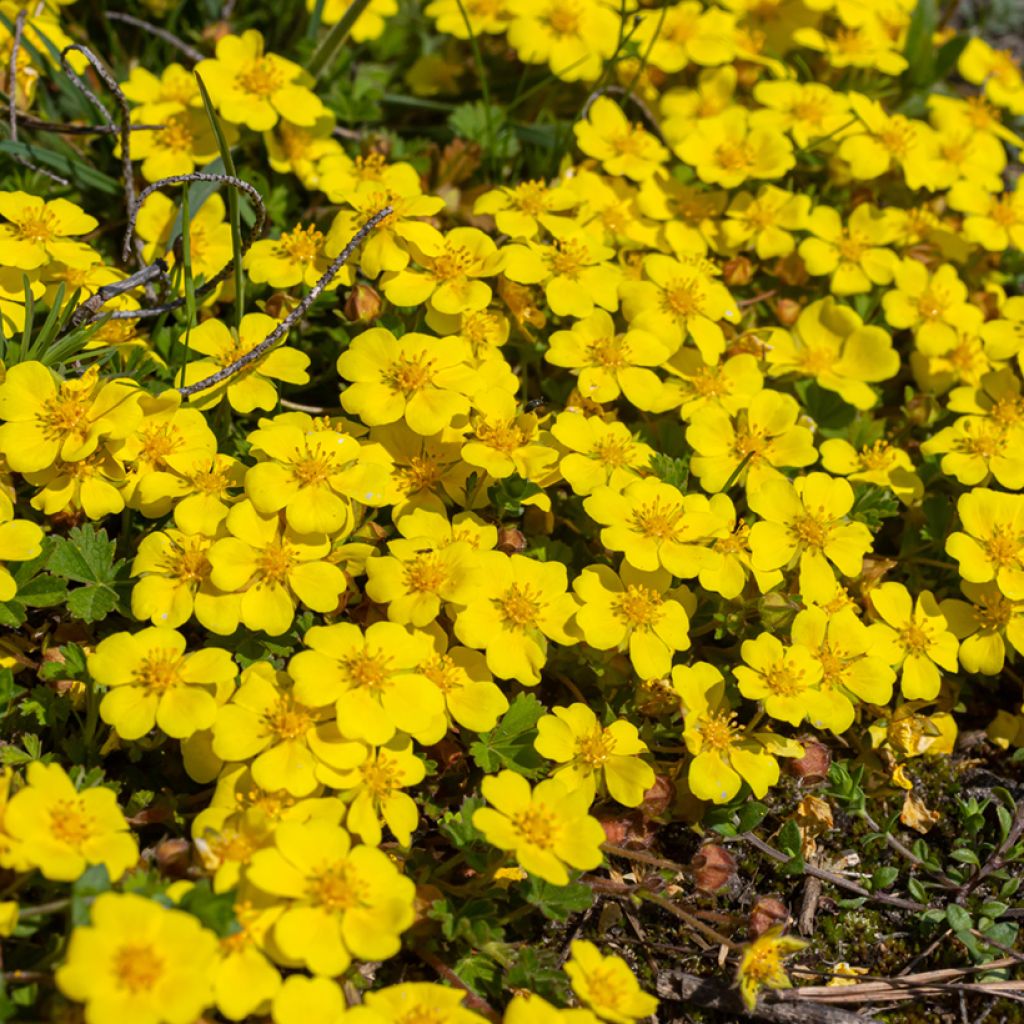

Potentilla verna - Cinquefoil
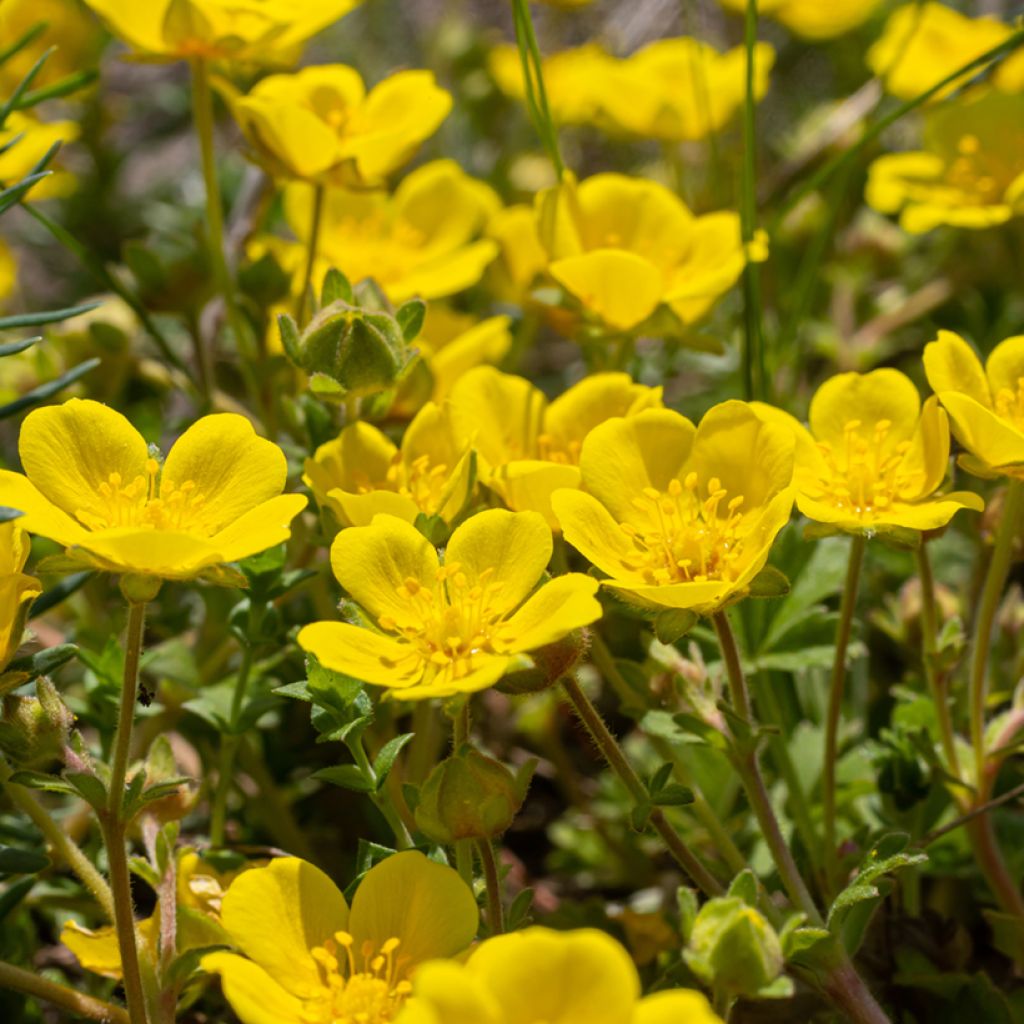

Potentilla verna - Cinquefoil
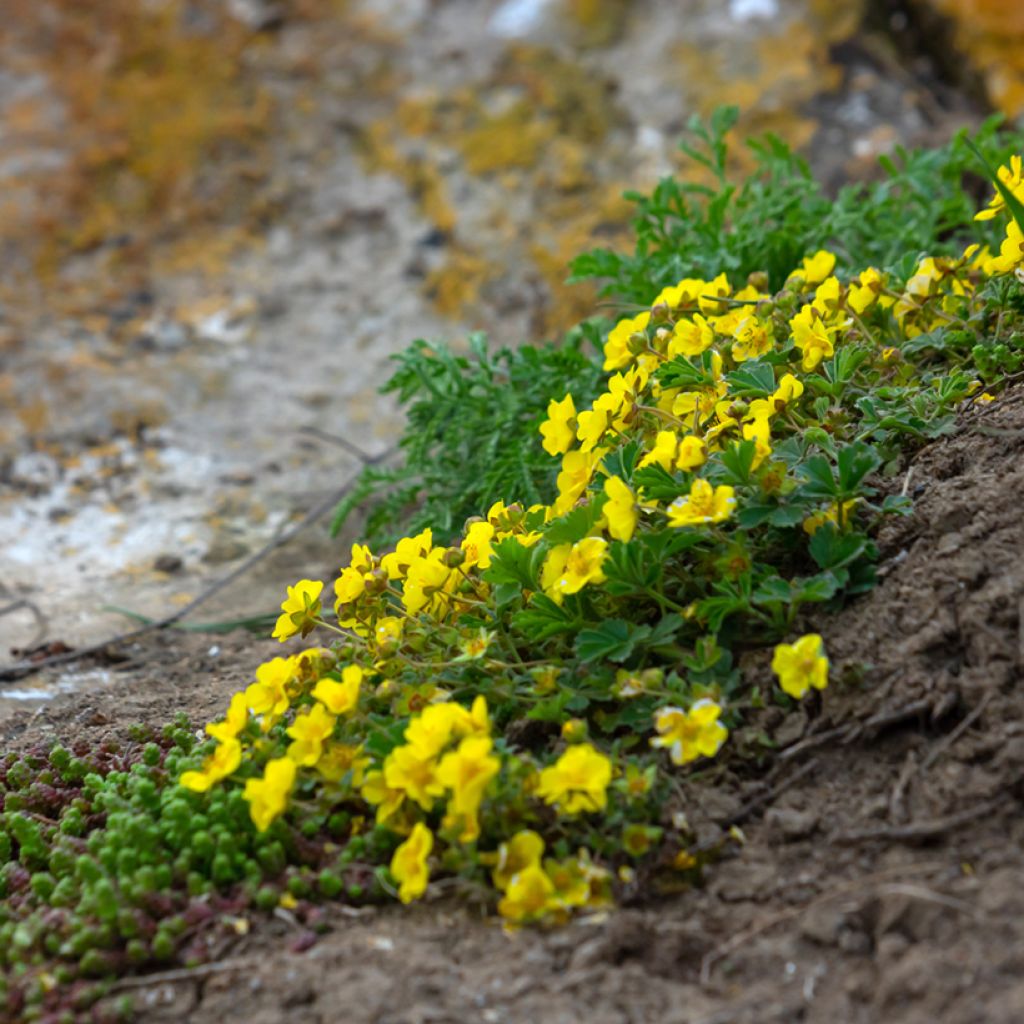

Potentilla verna - Cinquefoil
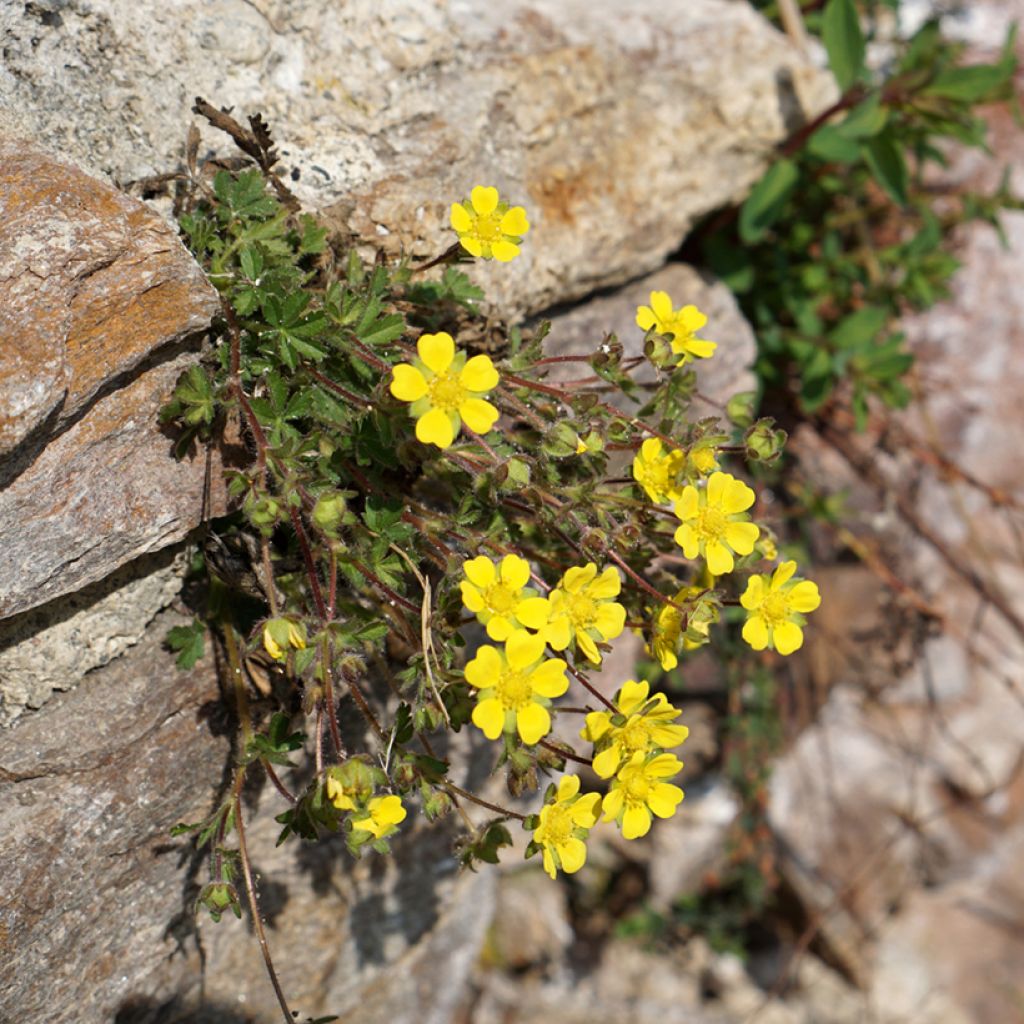

Potentilla verna - Cinquefoil
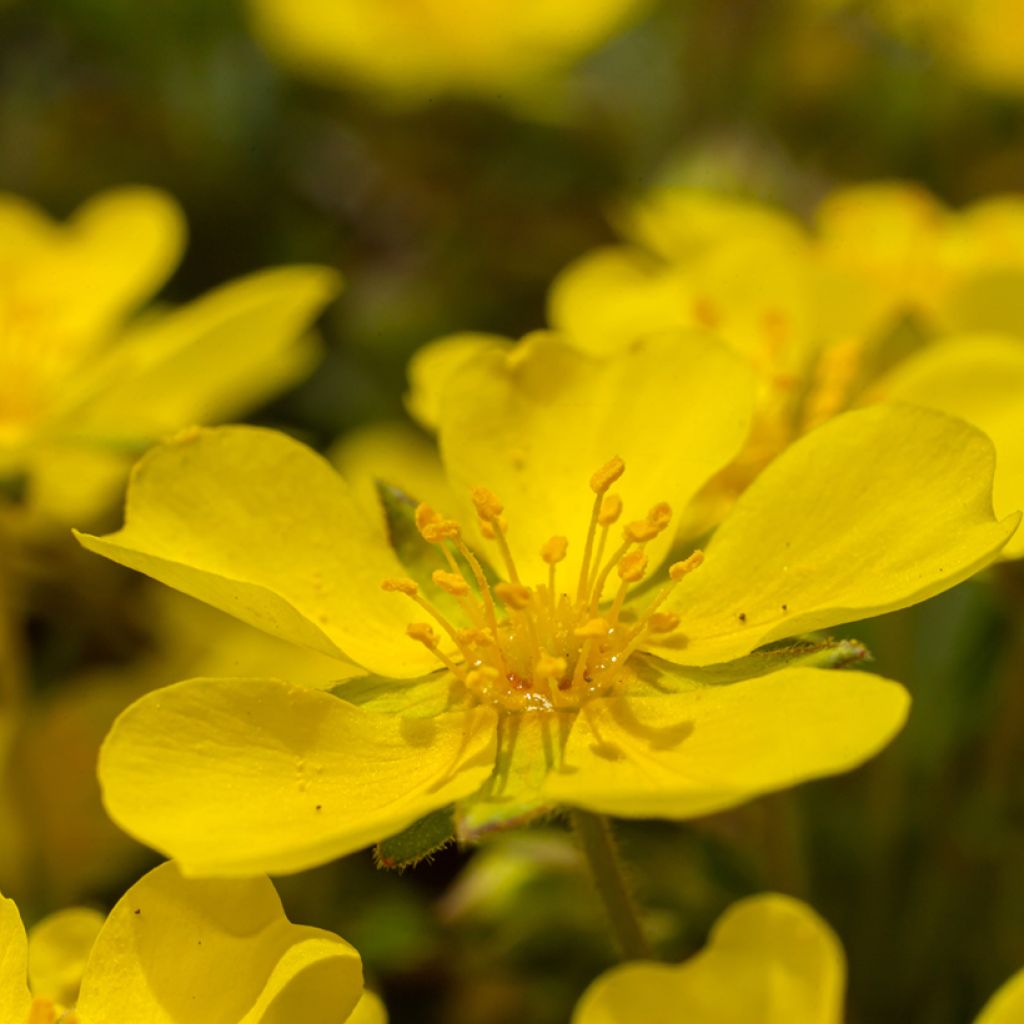

Potentilla verna - Cinquefoil
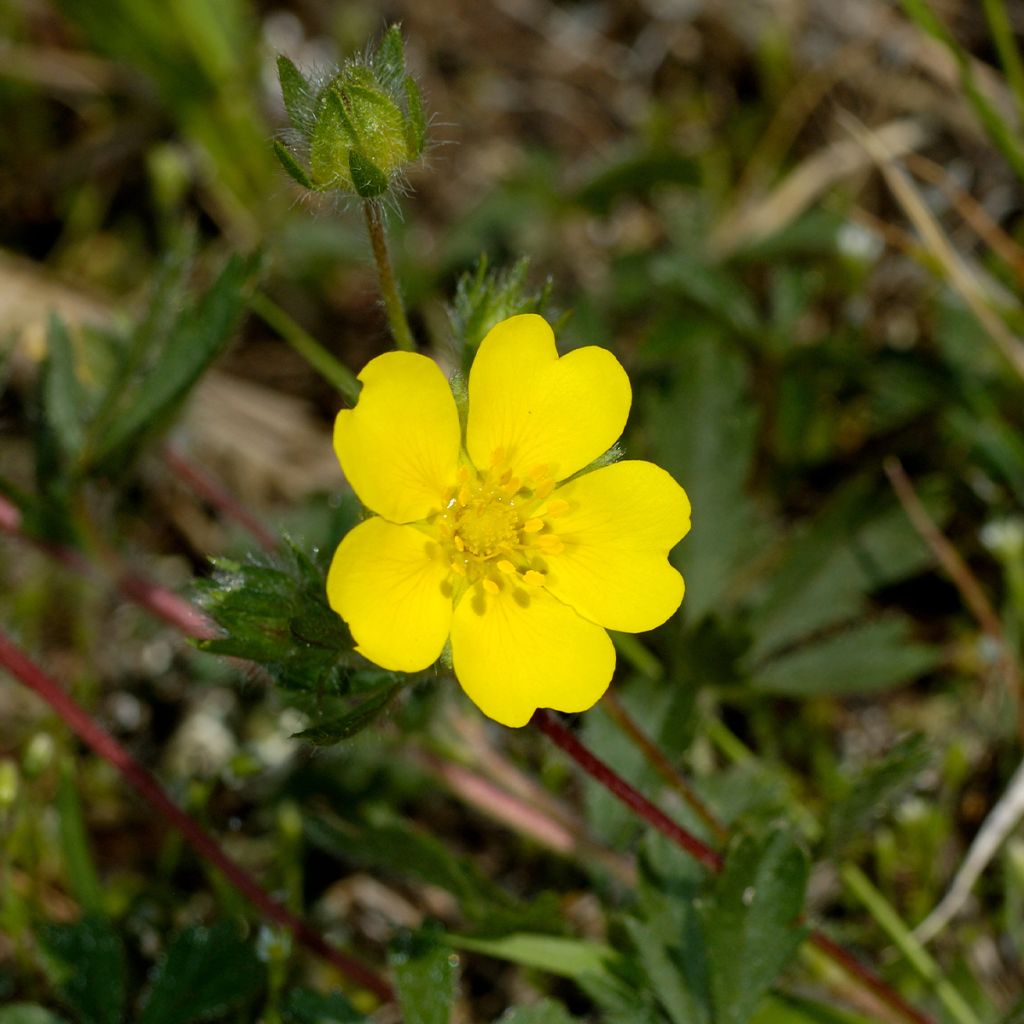

Potentilla verna - Cinquefoil
Potentilla verna - Cinquefoil
Potentilla verna (viridis)
Potentilla, Spring Cinquefoil, Green Cinquefoil, Spotted Cinquefoil
Not very vigorous: only one leaf, hopefully it will recover.
Daniele, 10/10/2024
This item cannot be shipped to the selected country
Delivery charge from €5.90
More information
Schedule delivery date,
and select date in basket
This plant carries a 12 months recovery warranty
More information
We guarantee the quality of our plants for a full growing cycle, and will replace at our expense any plant that fails to recover under normal climatic and planting conditions.
From €5.90 for pickup delivery and €6.90 for home delivery
Express home delivery from €8.90.
Does this plant fit my garden?
Set up your Plantfit profile →
Description
Potentilla verna is commonly called Spring Cinquefoil because it blooms in spring in dry meadows and sunny slopes that it prefers. It is a botanical species widespread in many regions. This small creeping perennial comes alive with small flowers of a beautiful bright yellow before the arrival of heat. The carpet remains green in winter, but can partially dry out in very dry summers. It is used in rockeries, in the gaps of pavement, and as ground cover, etc. It also serves as an alternative to grass, mixed with other creeping plants, in lightly trodden areas and with additional watering depending on the climate.
Potentilla verna, like strawberries, belongs to the Rosaceae family. Native to southern Europe, it is found in almost all of Europe and western Asia. It is a perennial plant with creeping stems that root upon contact with the ground, allowing it to spread over time. It is very low, not exceeding 10 cm (4 in) in height, with a minimum spread of 40 cm (16 in). Its foliage consists of small digitate leaves, divided into 5 to 7 leaflets, which are villous, dentate upwards and dark green. Flowering occurs from March to May, depending on the region. The plant produces inflorescences in the form of light cymes, composed of yellow flowers with 5 notched petals, about 3 cm (1 in) wide.
Potentilla verna is not a spectacular plant, but it has the charm of wild plants and the ability to grow in somewhat arid areas, including clay-limestone soils. It is a perfect plant for rockeries, in the company of Delosperma or small sedums. It also creates beautiful flower carpets with small plants such as Thymus hirsutus, Achillea crithmifolia, or small spring bulbs like muscaris or Ipheions.
Report an error about the product description
Potentilla verna - Cinquefoil in pictures


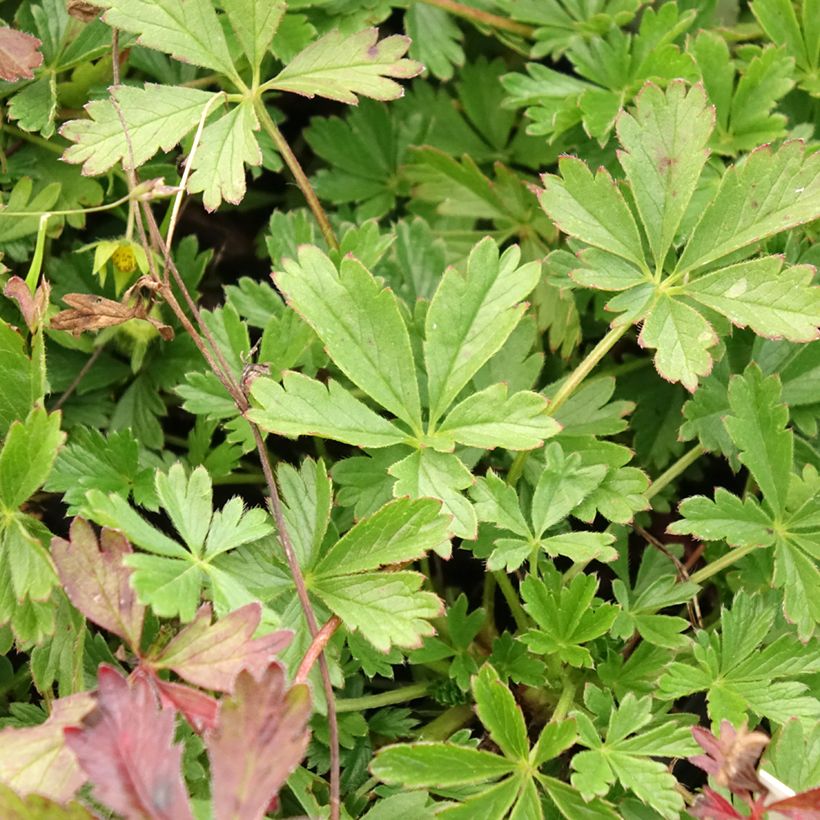

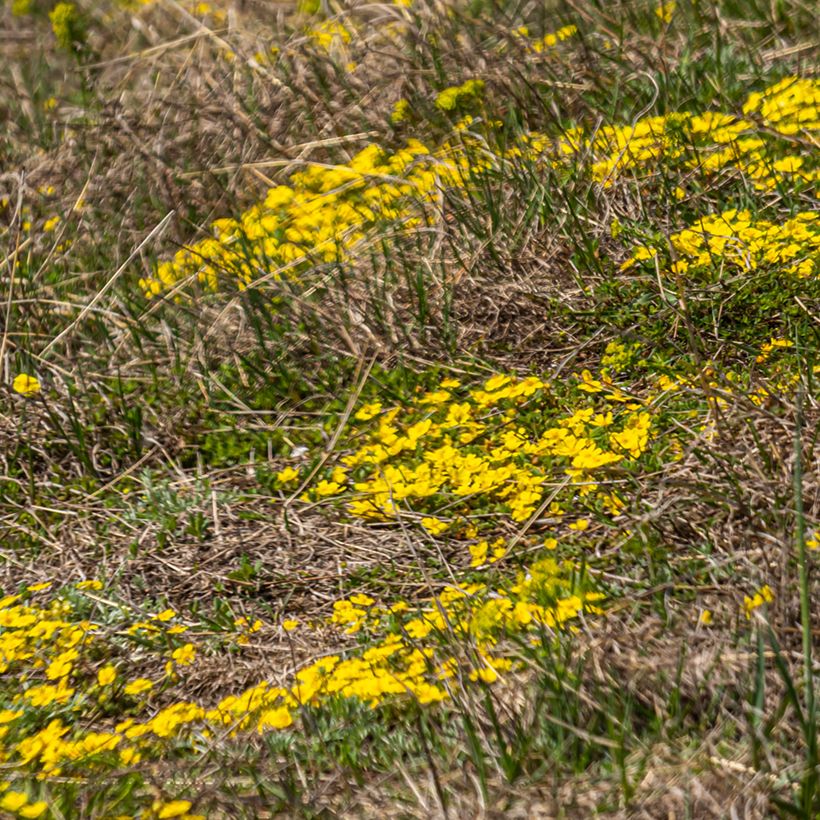

Flowering
Foliage
Plant habit
Botanical data
Potentilla
verna (viridis)
Rosaceae
Potentilla, Spring Cinquefoil, Green Cinquefoil, Spotted Cinquefoil
Southern Europe
Other Perennial Potentilla
Planting and care
Potentilla verna is a robust plant that is disease-free and easy to grow. It can be planted in any well-prepared ordinary soil. It adapts to limestone soils, even dry ones in summer. Its foliage can dry out in very dry summers: water occasionally if you want the tapetum to stay green. Otherwise, the plant will regenerate new foliage as soon as the rains return. Its growth will be faster in the first year in light, well-drained, deeply loosened soil. You should place it in a sunny location.
Planting period
Intended location
Care
-
, onOrder confirmed
Reply from on Promesse de fleurs
Summer flowering perennials
Haven't found what you were looking for?
Hardiness is the lowest winter temperature a plant can endure without suffering serious damage or even dying. However, hardiness is affected by location (a sheltered area, such as a patio), protection (winter cover) and soil type (hardiness is improved by well-drained soil).

Photo Sharing Terms & Conditions
In order to encourage gardeners to interact and share their experiences, Promesse de fleurs offers various media enabling content to be uploaded onto its Site - in particular via the ‘Photo sharing’ module.
The User agrees to refrain from:
- Posting any content that is illegal, prejudicial, insulting, racist, inciteful to hatred, revisionist, contrary to public decency, that infringes on privacy or on the privacy rights of third parties, in particular the publicity rights of persons and goods, intellectual property rights, or the right to privacy.
- Submitting content on behalf of a third party;
- Impersonate the identity of a third party and/or publish any personal information about a third party;
In general, the User undertakes to refrain from any unethical behaviour.
All Content (in particular text, comments, files, images, photos, videos, creative works, etc.), which may be subject to property or intellectual property rights, image or other private rights, shall remain the property of the User, subject to the limited rights granted by the terms of the licence granted by Promesse de fleurs as stated below. Users are at liberty to publish or not to publish such Content on the Site, notably via the ‘Photo Sharing’ facility, and accept that this Content shall be made public and freely accessible, notably on the Internet.
Users further acknowledge, undertake to have ,and guarantee that they hold all necessary rights and permissions to publish such material on the Site, in particular with regard to the legislation in force pertaining to any privacy, property, intellectual property, image, or contractual rights, or rights of any other nature. By publishing such Content on the Site, Users acknowledge accepting full liability as publishers of the Content within the meaning of the law, and grant Promesse de fleurs, free of charge, an inclusive, worldwide licence for the said Content for the entire duration of its publication, including all reproduction, representation, up/downloading, displaying, performing, transmission, and storage rights.
Users also grant permission for their name to be linked to the Content and accept that this link may not always be made available.
By engaging in posting material, Users consent to their Content becoming automatically accessible on the Internet, in particular on other sites and/or blogs and/or web pages of the Promesse de fleurs site, including in particular social pages and the Promesse de fleurs catalogue.
Users may secure the removal of entrusted content free of charge by issuing a simple request via our contact form.
The flowering period indicated on our website applies to countries and regions located in USDA zone 8 (France, the United Kingdom, Ireland, the Netherlands, etc.)
It will vary according to where you live:
- In zones 9 to 10 (Italy, Spain, Greece, etc.), flowering will occur about 2 to 4 weeks earlier.
- In zones 6 to 7 (Germany, Poland, Slovenia, and lower mountainous regions), flowering will be delayed by 2 to 3 weeks.
- In zone 5 (Central Europe, Scandinavia), blooming will be delayed by 3 to 5 weeks.
In temperate climates, pruning of spring-flowering shrubs (forsythia, spireas, etc.) should be done just after flowering.
Pruning of summer-flowering shrubs (Indian Lilac, Perovskia, etc.) can be done in winter or spring.
In cold regions as well as with frost-sensitive plants, avoid pruning too early when severe frosts may still occur.
The planting period indicated on our website applies to countries and regions located in USDA zone 8 (France, United Kingdom, Ireland, Netherlands).
It will vary according to where you live:
- In Mediterranean zones (Marseille, Madrid, Milan, etc.), autumn and winter are the best planting periods.
- In continental zones (Strasbourg, Munich, Vienna, etc.), delay planting by 2 to 3 weeks in spring and bring it forward by 2 to 4 weeks in autumn.
- In mountainous regions (the Alps, Pyrenees, Carpathians, etc.), it is best to plant in late spring (May-June) or late summer (August-September).
The harvesting period indicated on our website applies to countries and regions in USDA zone 8 (France, England, Ireland, the Netherlands).
In colder areas (Scandinavia, Poland, Austria...) fruit and vegetable harvests are likely to be delayed by 3-4 weeks.
In warmer areas (Italy, Spain, Greece, etc.), harvesting will probably take place earlier, depending on weather conditions.
The sowing periods indicated on our website apply to countries and regions within USDA Zone 8 (France, UK, Ireland, Netherlands).
In colder areas (Scandinavia, Poland, Austria...), delay any outdoor sowing by 3-4 weeks, or sow under glass.
In warmer climes (Italy, Spain, Greece, etc.), bring outdoor sowing forward by a few weeks.

































